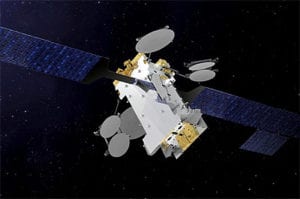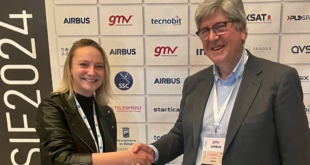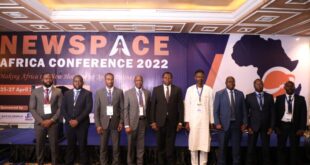
Gogo, the leading global provider of broadband connectivity products and services for aviation, and Spanish satellite operator, HISPASAT, announced on 16 January 2020 a capacity agreement on Amazonas Nexus satellite to meet the growing global demand for high-speed inflight connectivity services.
Gogo has leased multi-gigahertz of Ku-band capacity onboard HISPASAT’s new satellite, set to launch in the second half of 2022, to provide service to its customers in the Americas and the Atlantic region. HISPASAT and Gogo worked closely to optimize the satellite design to provide superior performance and capacity for inflight connectivity.
Amazonas Nexus is a High Throughput Satellite (HTS) with an innovative architecture that will replace the Amazonas 2 in the 61º West position. The new satellite will have a payload specifically dedicated to aero connectivity and will offer additional capacity oriented to vertical segments such as mobile connectivity, corporate communications and cellular network deployment. It will feature an advanced Digital Transparent Processor (DTP), a technological breakthrough that will substantially increase satellite flexibility when dealing with changes in demand.
“Amazonas Nexus will significantly enhance our Ku network over the Americas and the Atlantic region, providing Gogo with scaled capacity at the right economics,” said Oakleigh Thorne, President and CEO of Gogo. “Through our partnership with HISPASAT, Gogo 2Ku will continue to meet the growing demand for high-speed inflight connectivity.”
“We are excited to support Gogo in providing the best service for their global airline partners,” said Miguel Ángel Panduro, CEO of HISPASAT. “This partnership demonstrates the important role HISPASAT will play in providing capacity for aerial services. The inflight connectivity market is a growing segment for satellite capacity, and this is one of the foundational elements for HISPASAT’s future growth,” Panduro concluded.





